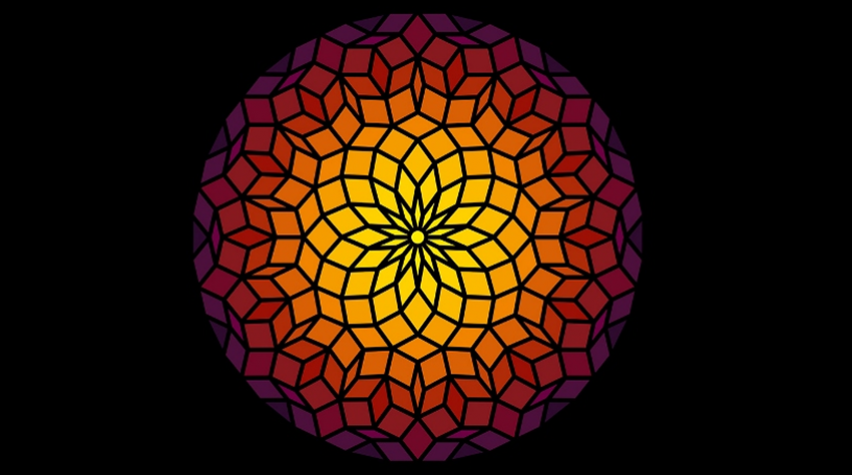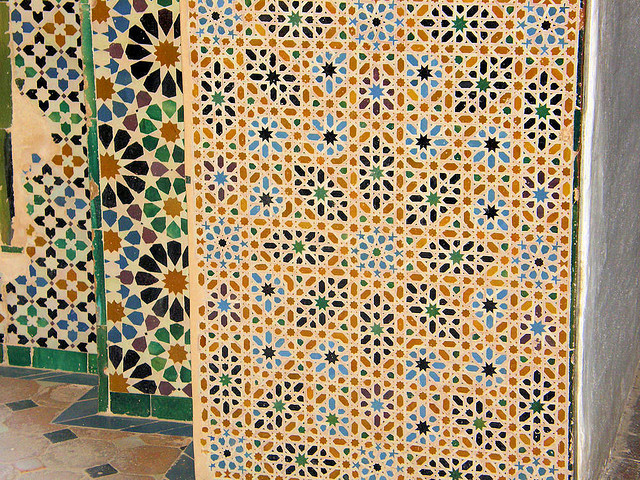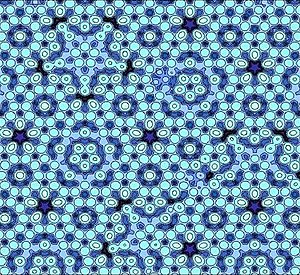
The Royal Swedish Academy of Science has awarded Dan Shechtman of Technion - Israel Institute of Technology in Haifa, Israel, the Nobel Prize in Chemistry for his discovery of quasicrystals. This discovery has fundamentally altered how chemists understand solid matter. Quasicrystals form extraordinary mosaic-like patterns at the atomic level that are regular yet never repeat themselves. The very concept was once thought to be impossible, and to establish quasicrystals' existence, Shechtman waged a fierce battle against established science.
Discovery and Controversy
On the morning of 8 April 1982, an image that seemed to go against the laws of nature appeared in Dan Shechtman's electron microscope. In all solid matter, atoms were believed to be packed inside crystals in symmetrical patterns that were repeated periodically over and over again. For scientists, this repetition was required to form a crystal. What Shechtman saw, however, showed that the atoms in this particular crystal were packed in a pattern that could not be repeated. The discovery was extremely controversial, and over the course of defending his findings, he was asked to leave his research group. However, his battle eventually forced scientists to reconsider their conception of the very nature of matter.
Lessons from Medieval Islamic Mosaics

Aperiodic mosaics, such as those found in the medieval Islamic mosaics of the Alhambra Palace in Spain and the Darb-i Imam Shrine in Iran, have helped scientists understand what quasicrystals look like at the atomic level. In those mosaics, as in quasicrystals, the patterns are regular--they follow mathematical rules--but they never repeat themselves. When scientists describe Shechtman's quasicrystals, they use a concept that comes from mathematics and art: the golden ratio. This number had already caught the interest of mathematicians in Ancient Greece, as it often appeared in geometry. In quasicrystals, for instance, the ratio of various distances between atoms is related to the golden mean.
Applying the Discovery
Following Shechtman's discovery, scientists have produced other kinds of quasicrystals in the lab and discovered naturally occurring quasicrystals in mineral samples from a Russian river. A Swedish company has also found quasicrystals in a certain form of steel, where the crystals reinforce the material like armor. Scientists are currently experimenting with using quasicrystals in different products such as frying pans and diesel engines. You can read a more detailed article about Shechtman's work here. For a more scientific explanation of Shechtman's quasicrystals, click here.



